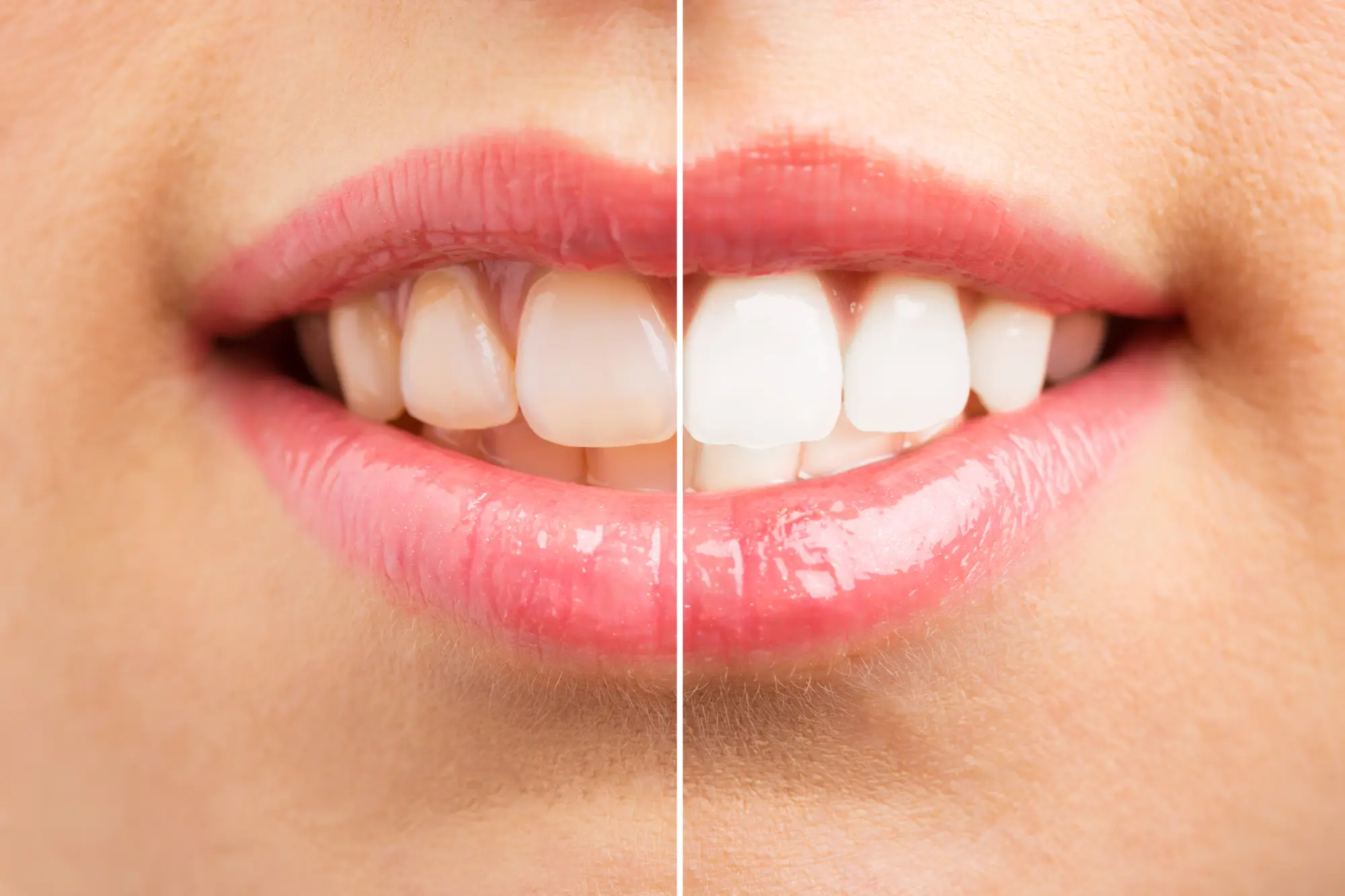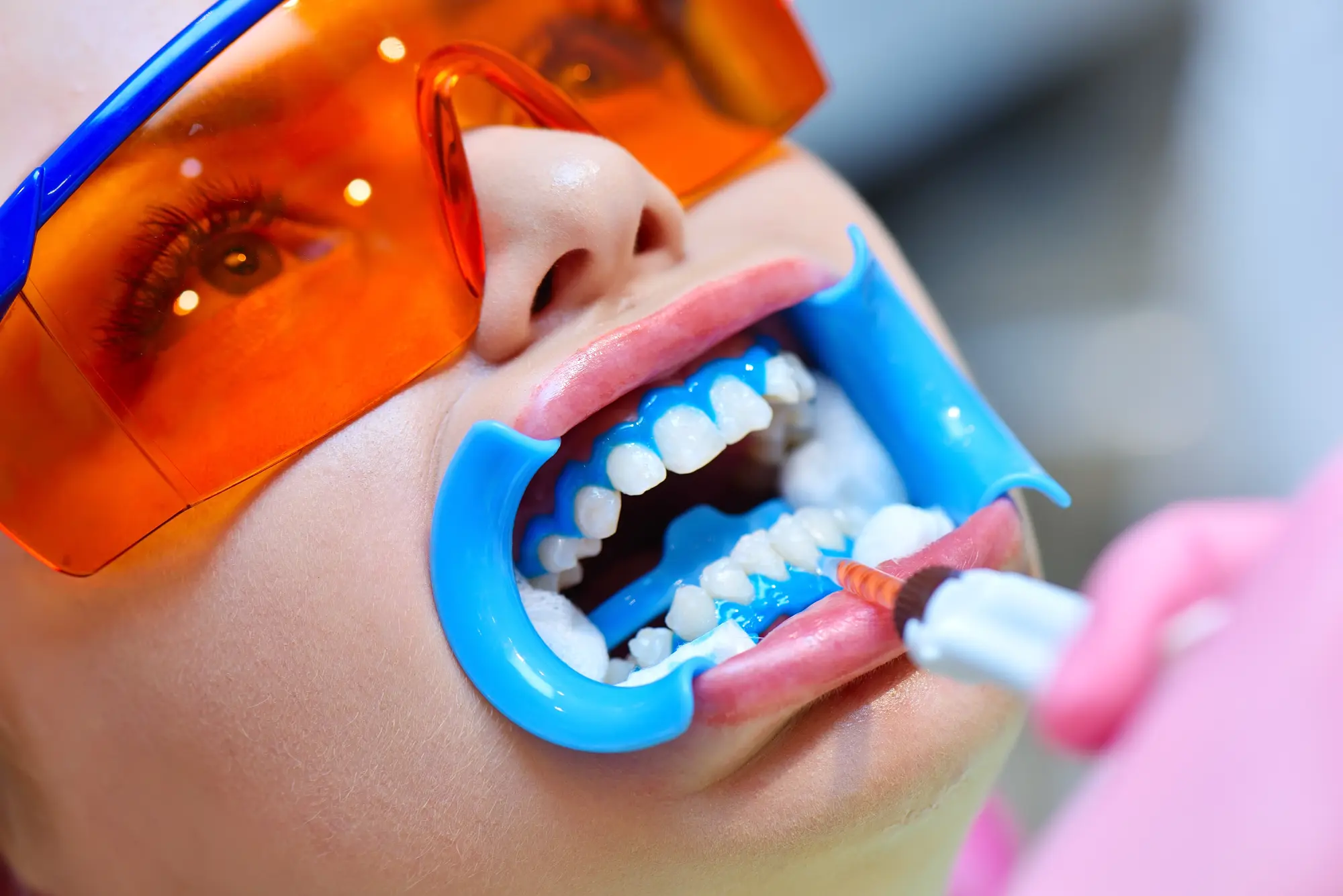What is Sedation Dentistry?
December 14, 2024

Sedation dentistry is an increasingly popular dental procedure that helps patients experience a more relaxed and comfortable dental visit. For those who have anxiety or fear about visiting the dentist, or for those who need to undergo extensive dental work, sedation dentistry can be a game-changer.
Understanding Sedation Dentistry
Sedation dentistry involves the use of medication to help patients relax during dental procedures. There are several types of sedation used in dentistry:
- Minimal sedation: You're awake, but relaxed.
- Moderate sedation: You may not remember much of the procedure.
- Deep sedation: You're on the edge of consciousness but can still be awakened.
- General anesthesia: You're completely unconscious. The type of sedation used depends on the individual patient's needs and the specific procedure being performed.
The Benefits of Sedation Dentistry
Sedation dentistry offers numerous benefits. For one, it can help patients who have a fear of dental procedures to feel more at ease. This can lead to more regular dental visits and better overall oral health.
- It allows for more work to be done in fewer appointments.
- It can help with gag reflex control.
- It can make the dental experience less traumatic for anxious patients. However, it's important to note that sedation dentistry isn't for everyone. It's crucial to discuss your medical history and any concerns with your dentist before deciding on this approach.
Who is a Good Candidate for Sedation Dentistry?
While sedation dentistry can be beneficial for many patients, it's particularly well-suited for certain individuals. Good candidates for sedation dentistry often include:
- People with dental anxiety or phobia
- Patients with a low pain threshold
- Those who need extensive dental work done
- Individuals with a strong gag reflex
- People who have difficulty sitting still for long periods
- Patients with special needs or sensory sensitivities Your dentist will assess your specific situation, medical history, and dental needs to determine if sedation dentistry is right for you. Remember, the goal is to make your dental experience as comfortable and stress-free as possible.
The Process of Sedation Dentistry
Before undergoing sedation dentistry, your dentist will go over your medical history and evaluate if you're a good candidate for the procedure. They may also recommend a level of sedation based on the severity of your anxiety and the complexity of the dental procedure. During the procedure, the sedatives will be administered, and you'll start to feel more relaxed and less aware of what's going on around you. Your dentist will monitor your vital signs throughout the procedure to ensure your safety.
Is Sedation Dentistry Safe?
Yes, when performed by experienced professionals like Dr. Greg Kiene and Dr. Chris Merkley at Valor Dental, sedation dentistry is safe. There may be some side effects such as drowsiness after the procedure, but these are typically temporary and subside as the sedation wears off.
- It's important to have someone drive you home after your procedure.
- You may feel a bit groggy or dizzy for a few hours after the procedure.
- You should avoid operating heavy machinery for 24 hours after your procedure.
Sedation Dentistry in Justin, TX
If you're looking for a "sedation dentist near me," look no further than Valor Dental in Justin, TX. Dr. Greg Kiene and Dr. Chris Merkley are highly experienced in sedation dentistry and committed to making your dental experience as comfortable as possible. Don't let fear or anxiety keep you from achieving the healthy smile you deserve. Call us today at (214) 254-3763 to request an appointment.




